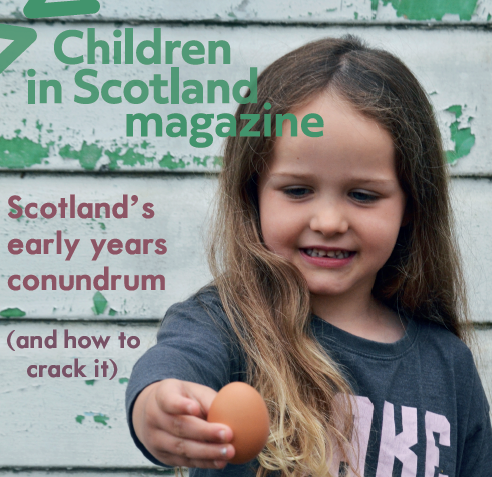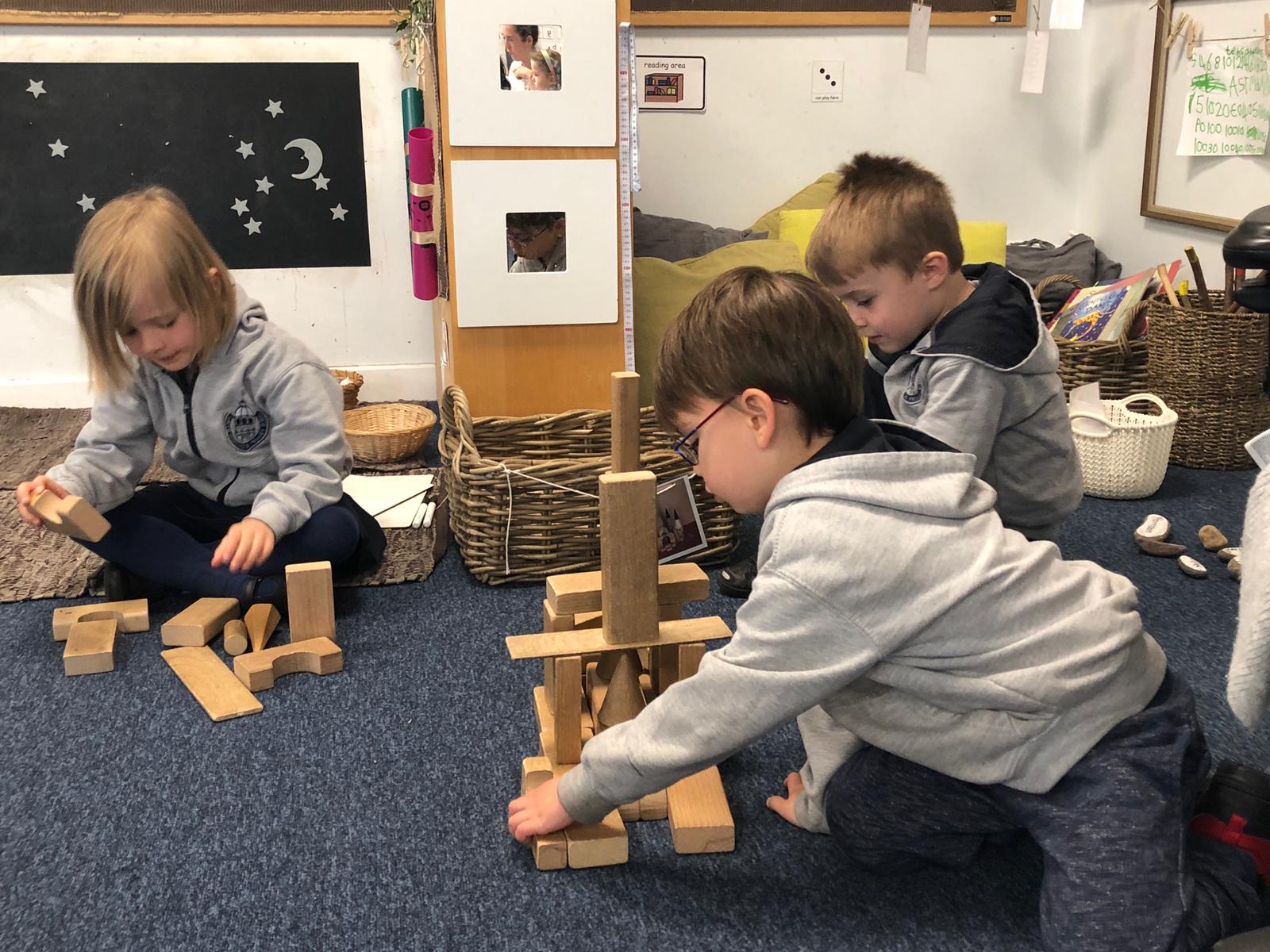A radical new beginning
Beginning our eight-page snapshot of best practice and innovation in the early years, Karen Richmond and Jenny Pow profile a P1 setting in Edinburgh that takes learning through play to a whole new level
Across a series of bright, airy rooms, children are drawing intently or creating complex wooden cities. Others cluster in purposeful discussion with their teacher. There is no classroom. Instead the children explore a sequence of ‘learning zones’ spanning Creativity, STEM, Imagination, Sensory, Outdoor and Connection.
The One-ery – located in Southing Morningside Primary School in Edinburgh – is based on a set of principles that are child-centred, rights-centred and creative. The philosophy behind it grew from many roots, but perhaps the most important was dissatisfaction with the highly structured traditional P1 environment.
We wanted to draw on what we know about best practice – an understanding that learners in our nurseries are creative, collaborative and problem solving. Instead of stripping away these skills, we were keen to nurture and build on them. Looking to leading Early Educational settings (Finland, Denmark) and their approach to pedagogy, we redesigned the context in which our children would learn.
Firstly, we wanted to give practitioners autonomy to allow our children to lead their own learning, using play as a vehicle to deliver the curriculum. The Curriculum for Excellence documentation encourages us to deliver our curriculum in an inventive and creative way. Decluttering the curriculum meant we started with the basic premise that our 105 primary ones should have play as their entitlement from the minute they come into school until the end of the day. Building on this, we wanted to ensure our learners receive teaching that is tailored to their needs and follows their own progression.
To develop our Continuous Provision, we started to group elements of play together, which then formed what we now call our zones. The teachers plan the zones based on experiences they’d like to develop but also on what the children want and what their interests are. This is all absorbed through observing their play and listening to them. To ensure our learners were receiving the breadth and depth of our curriculum, we bundled the benchmarks together and the teachers take responsibility for planning their own zone to meet the needs of our curriculum and our learners.
Understanding the impact of the environment on a child’s development, concentration and engagement, we stripped back our context to a calm, bright and natural place to learn. We believe that the environment belongs to the children, rather than the teachers, and we ensure all our resources are accessible and each surface has a purpose.
The ethos of ‘bringing the outside in’ has meant our natural materials, natural lighting and resources create ‘real-life’ experiences. By giving consideration to how materials and documentation are displayed, our goal is to create an atmosphere that fosters creative exploration and consolidation of skills. The learners take ownership of their environment and can look at the opportunities it can provide rather than, traditionally, looking at the barriers it could create.
Our learning opportunities are carefully displayed in a way that provides challenge, support and ease of access. Clear provocations and invitations to learn are displayed at each activity. which can provide stimulus for dynamic and creative work: constructing, applying skills, inventing, baking, building.
We are continually on a journey to challenge closed learning tasks that provide no room for individuality and can often lead learners to becoming bored and unable to be expressive or challenged. Learners are encouraged to collect six ‘targets’ during ‘Zone Time’ throughout the week, which means they access all aspects of our provision and receive a breadth of learning opportunities.
With our Continuous Provision providing rich experiences for our learners, the teacher then has the ability to work with a maximum of six learners and focus on literacy and numeracy. Our ‘Teacher Time’ allows teachers to meet the needs of all our children through hands-on, practical learning opportunities. We track and monitor the children’s learning and have fluid groups that allow learners to access the correct support at all times. As a team, we work closely to ensure all learners are getting the correct support and are able to learn at their own pace.
The One-ery is made up of a rich and vibrant blend of cultures, backgrounds and experiences. The unique structure of our setting allows the integration of all learners through our child-centred philosophy. The provision of high-quality play opportunities engages children regardless of their needs and abilities. Learners who require additional support can access learning that meets their individual needs and interests through our carefully planned provision that is open and accessible to all, and which is carefully considered to remove barriers to learning.
Karen Richmond is Depute Headteacher (with responsibility for Nursery and Primary 1) and Jenny Pow is a Class Teacher at the One-ery
To read the full range of content in our early years issue, click here to buy a print copy or subscribe to the magazine for a year by contacting clogan@childreninscotland.org.uk

Children in Scotland Magazine
Find out more about the content in the latest issue of our magazine and how to subscribe
Visit the website
The One-ery
Find out more the One-ery system, which replaces traditional P1 classes at South Morningside Primary
Visit the website